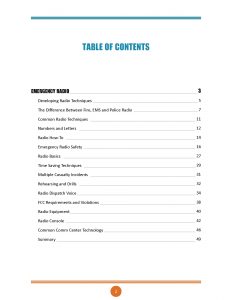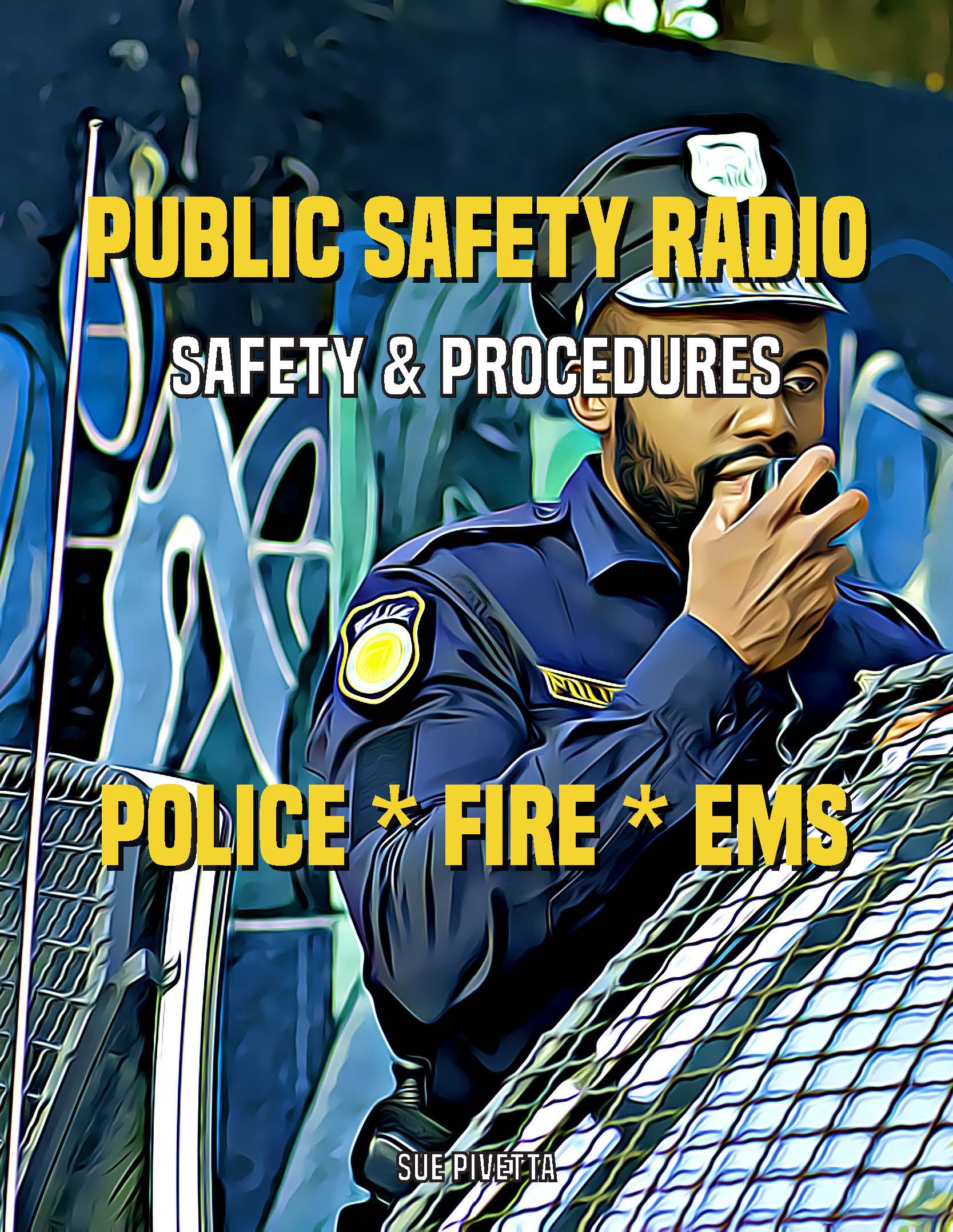Description
 Here is a few quotes from the book to give you an idea of the value of the information you can offer to your trainees. 52 pages of great information for your training program, academy or school.
Here is a few quotes from the book to give you an idea of the value of the information you can offer to your trainees. 52 pages of great information for your training program, academy or school.
Emergency radio is fascinating to listen to with its mysterious language of its own. Probably the most complex and highly skilled part of the Telecommunicator’s job is the radio. Police radio, fire communications, or EMS dispatching requires a very high level of knowledge, skill, expertise and training.
When you speak on the radio, you may at times cut yourself off by either pushing the transmit too late or letting go of the transmit too early; this is called clipping. Clipping your message will result in someone asking you to repeat, which takes up air time that may be needed for more important radio traffic. This may seem like a trivial problem however; on an emergency radio you never know when that one moment will be when the air is ‘needed-but-busy’.
Comm Centers can be noisy places at times. Procedures covering radio room conduct help eliminate problems with background noise. Background noise may cause distraction or cover information or units calling. Unnecessary conversation, laughter, printer noise, visitors, etc. must be kept to a minimum. Headset technology has come a long way toward minimizing noise.
A police scanner transmits quietly in a café in Anytown America. The Dispatcher’s calm voice comes across the air; Officers answer in codes and short spurts. What was unheard? The 9-1-1 “My mommy is dead and my daddy is dying.” Responding Officers, medical units and sirens lend a strange tension to the air. In the child’s house is a police scanner; the echo can be heard in the headset of the call taker.

